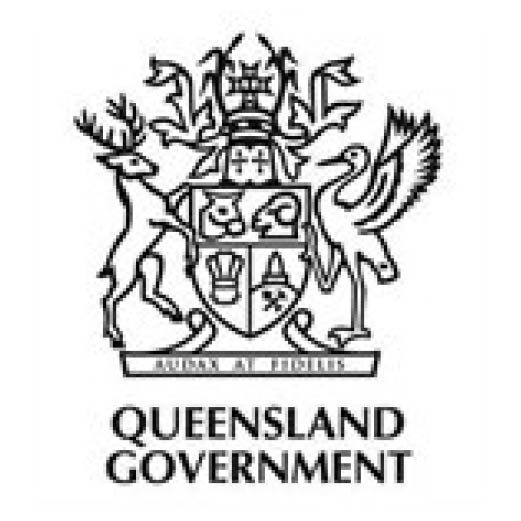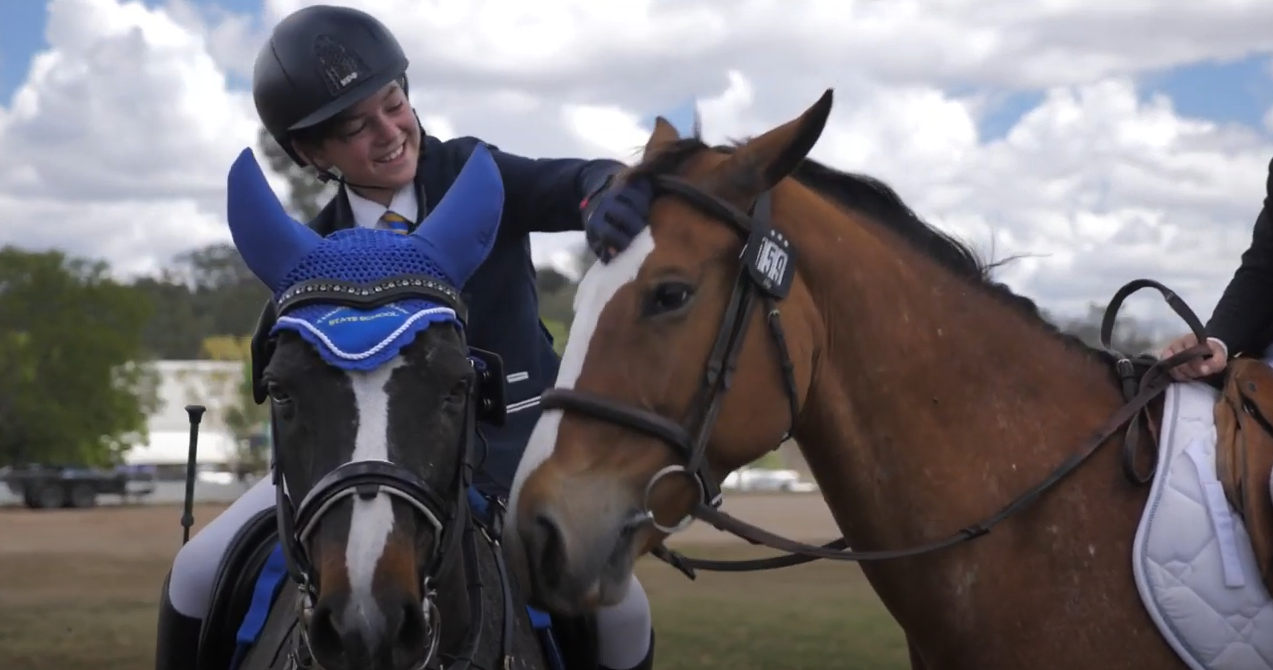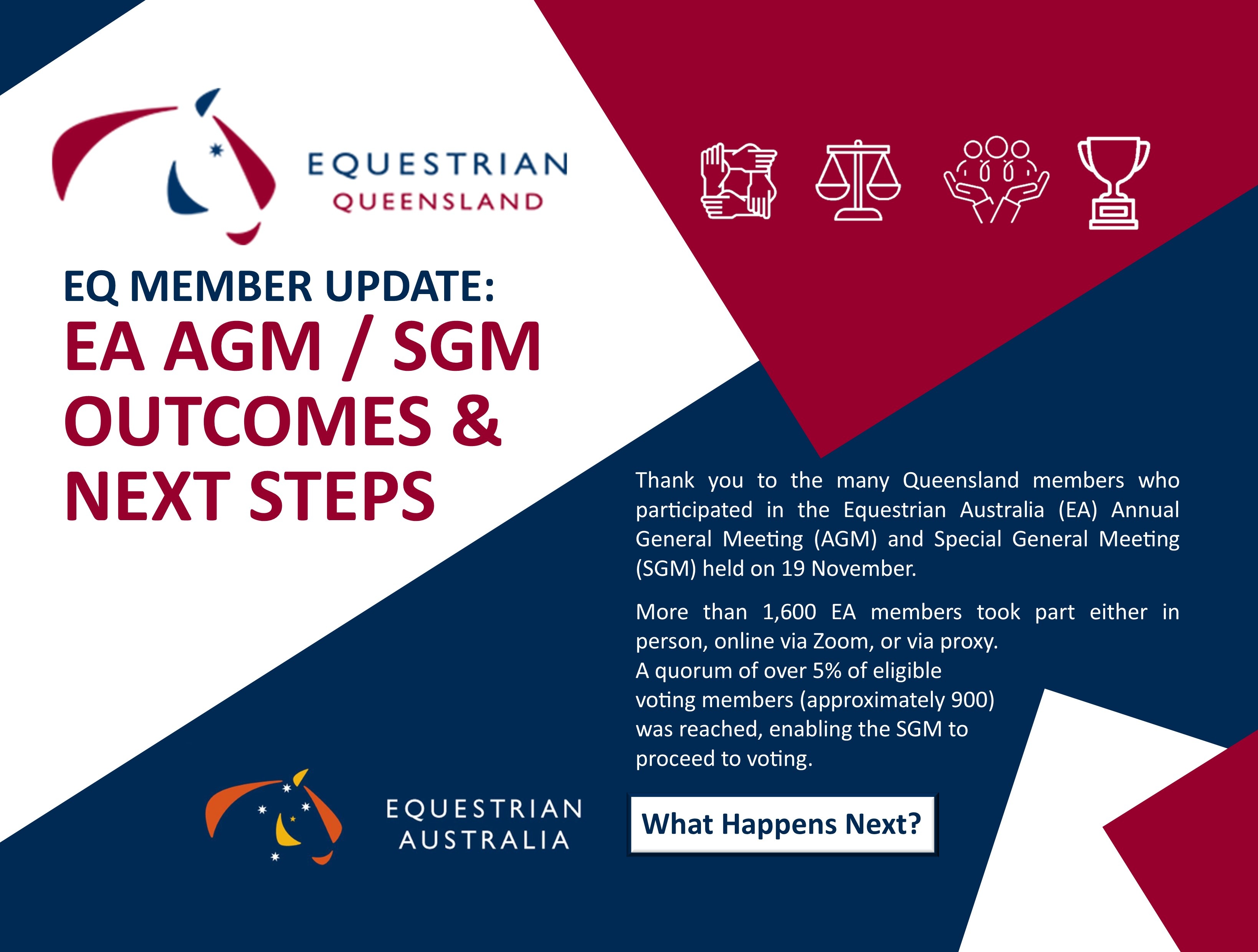
New biosecurity laws for horse owners from 1 July 2016 - Update
Biosecurity Queensland is urging horse owners to be aware of new biosecurity laws that will commence on 1 July 2016.
General Manager for Animal Biosecurity and Welfare, Dr Allison Crook, said it was important horse owners understood the new laws.
“A new approach to managing cattle tick will commence from 1 July 2016,” she said.
“The new framework will provide more flexibility for low risk activities such as moving horses across the tick line,” Dr Crook said.
From 1 July 2016, part of Queensland will be designated as the tick free zone and the remainder as the tick infested zone. The tick line has been strengthened and simplified by removing the control zone and aligning the tick line with stronger, double fenced boundaries in some areas.
The new tick line map can be viewed at www.biosecurity.qld.gov.au
Owners of low risk livestock, such as horses, will have an obligation to only move tick free animals into the tick free zone.
All horse owners will still have an obligation to report the presence of cattle tick in the tick free zone. Cattle tick infested properties in the tick free zone will need to ensure their livestock are tick free before they are moved and will need to eradicate ticks from their property.
Dr Crook said the property identification code (PIC) system would continue under the new legislation and changes to property registration would be minimal.
“If you keep a horse you are considered a registrable biosecurity entity and must register your details with Biosecurity Queensland from 1 July 2016.
“This is similar to the previous property registration requirements – the terminology of who must register is a little different, but what is considered a designated animal remains unchanged,” she said.
You must register if you keep:
- One or more cattle, sheep, goats, pigs, bison, buffalo, deer, members of the camel family, members of the equine family
- 100 or more designated birds– those that are raised for human consumption (poultry) or the production of eggs for human consumption (e.g. chickens), or that have been released into free flight since they started being kept in captivity (e.g. pigeons)
- One or more bee hives.
Dr Crook said in most cases the owner of the horse would need to register because they normally had ultimate care and control of the animals.
“If you keep a horse, when you register as a biosecurity entity a PIC will be issued.
“If you already have a PIC, you’ll be automatically registered as a biosecurity entity on 1 July 2016 and registration will remain effective for three years.”
Dr Crook said the requirements for recording horse movements had changed to ensure a stronger traceability system.
“From 1 July, every time a horse moves from a property, a movement record must be created,” Dr Crook said.
The movement record must include:
- where the horses/s are being moved from
- where the horses/s are being moved to and the name of the person receiving the horse/s
- a description of the horse/s including species, breed and any distinguishing feature sufficient to identify the horse/s
- the date of movement
- the person completing the record
- the actions taken to minimise the risk of cattle ticks if moving a horse from the tick infested zone to the free zone, or from infested places in the free zone.
“The person receiving the horse must also create a movement record,” Dr Crook said.
“If you are moving a horse across the tick line or from an infested place in the free zone, the record must be in your possession while travelling.
“A range of methods can be used to record the details of the movement record, including electronic format on a smart device or in writing. As long as it includes the required details, it will be a valid record.
“Organisers of horse events must also keep records of each horse that has attended their event.”
A major theme of the new laws is that of shared responsibility –everyone is responsible for managing their own biosecurity risks.
The laws introduce the general biosecurity obligation, meaning horse owners must take an active role in managing biosecurity risks under their control and must ensure their actions do not spread pests or diseases.
Queensland’s new Biosecurity Act 2014 will commence on 1 July 2016. To find out more about your responsibilities visit www.biosecurity.qld.gov.au or call 13 25 23.
If you suspect Hendra virus infection in your horse after 1 July 2016, you must still report it to Biosecurity Queensland on 13 25 23.
Media: Robyn Dowdle, 3087 8596










